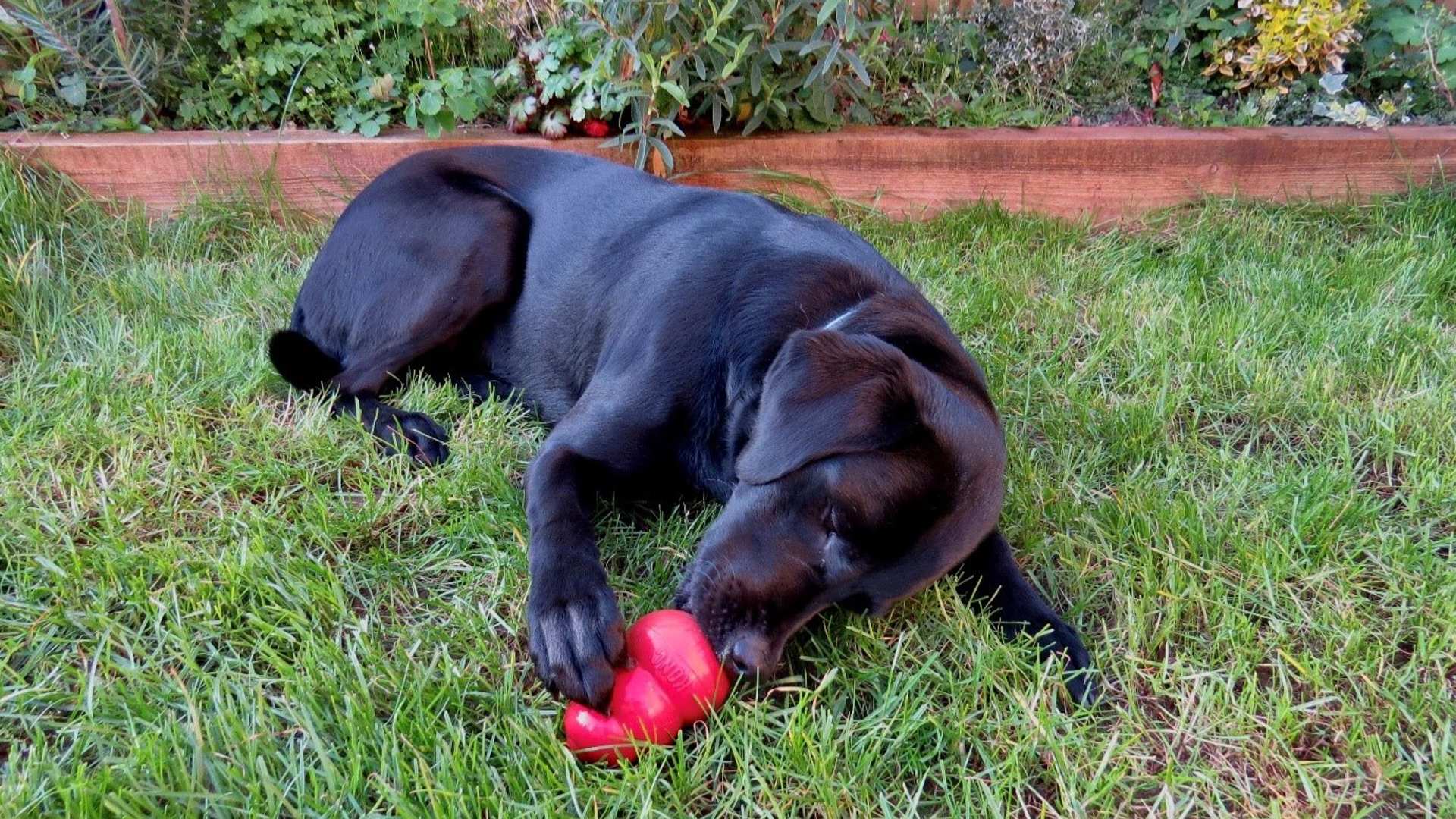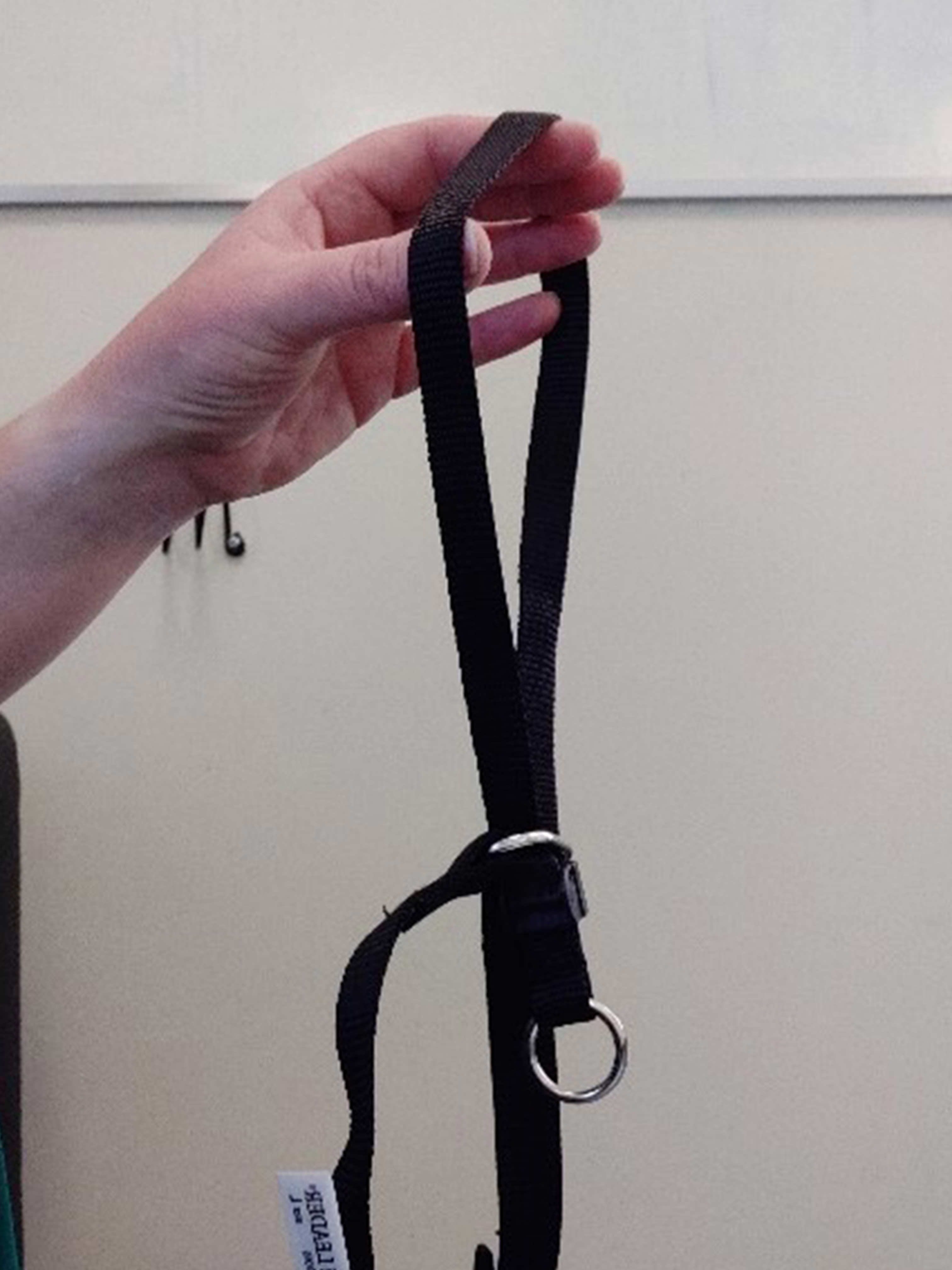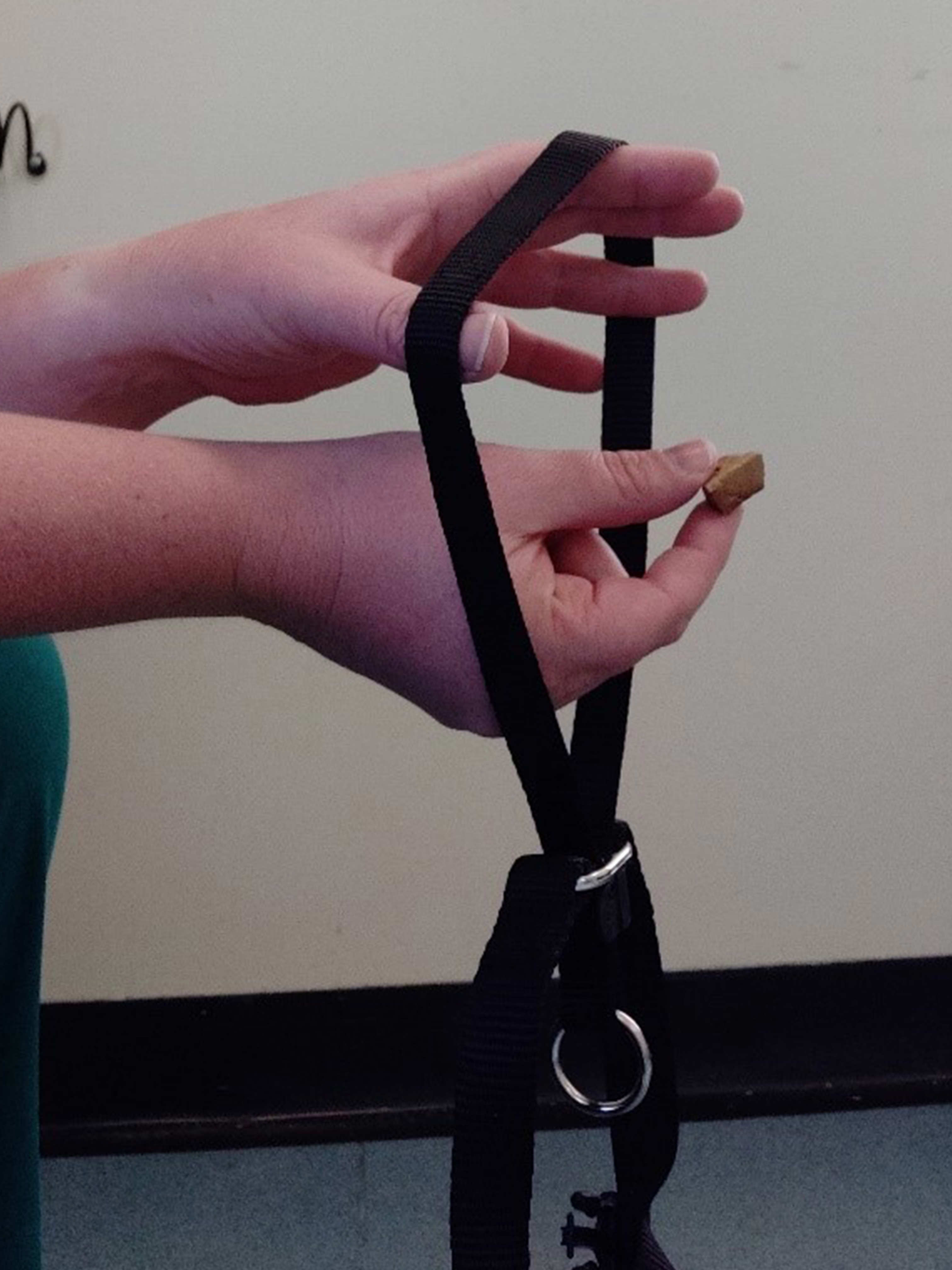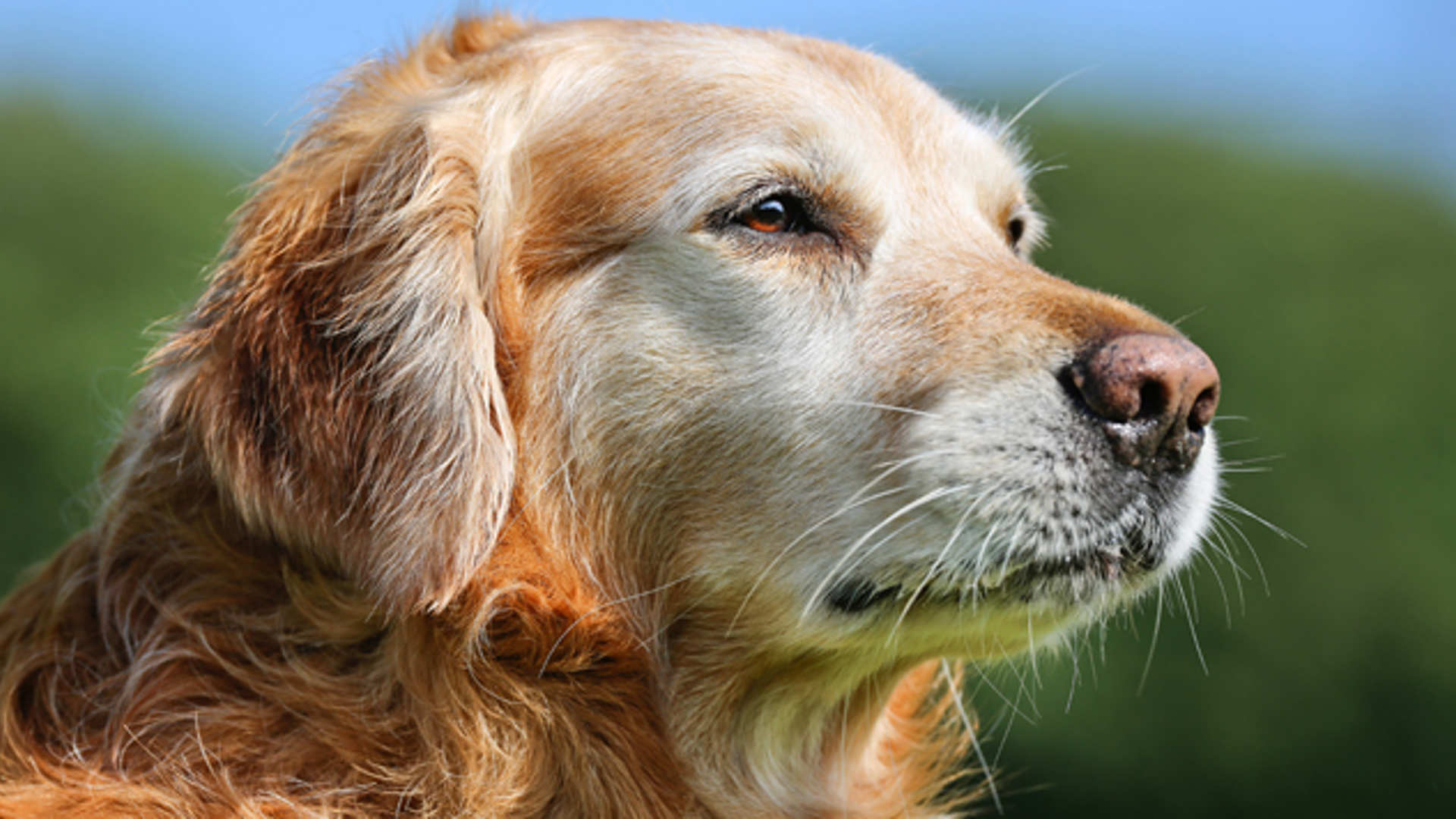Entertaining your Dog at Home
There are many changes you can make at home to keep your dog entertained with a more enriching environment. Here are a few examples to get you started:

We offer a multi-disciplinary referral service to veterinary surgeons across the UK. We accept emergency referrals 24 hours a day, 7 days a week.
In order to book an appointment with us, you need to request a referral to us from your pet’s usual veterinary practice.
Telephone: 0117 394 0513
Location: Langford House, Langford, BS40 5DUOutstanding veterinary care for horses and ponies in the heart of Somerset
Stables Equine Practice are experienced in dealing with horses and ponies involved in all competitive disciplines - from breeding, to pleasure horses and companions.
Telephone: 01749 830 666 / emergency pager 07623 984 669
Location: Conkerfield, Pennybatch Lane, Wookey, Nr. Wells, BA5 1NHYour local vets for all your pets.
We aim to provide the best possible care for your animals to ensure they are kept fit and healthy throughout their lives. Our practice offers a caring, family feel to ensure that you and your pet receive a personal and friendly service.
Telephone: 01934 852 422
Location: Langford House, Langford, BS40 5DULangford Vets Farm Animal Practice have extensive experience in all aspects of the farming sector and smallholder work including dairy, beef, sheep, goats, camelids, pigs and poultry.
Telephone: 01934 852 650
Location: Langford House, Langford, BS40 5DUWe are a dynamic, customer focused business providing an extensive, high-quality range of laboratory tests across many species.
We also offer an internationally recognised cat genetic testing service to owners and breeders.
Telephone: 0117 394 0510
Location: Langford House, Langford, BS40 5DUAdvancing veterinary education and career excellence
Langford Vets are passionate about promoting career-long learning for veterinary professionals with advanced training and career development opportunities provided through our Langford Academy.
Telephone: Email: brm@langfordvets.co.uk
Location: Langford House, Langford, BS40 5DUA head halter is a very useful safety tool which will help you control your dog by guiding their head; where the head goes, the body will follow. This is the same principle when using a halter and lead rope to control the direction a horse moves in.
In addition to controlling the direction your dog moves in, a head halter can be used to redirect their gaze to you and so assist you when you need them to disengage with a potential trigger.
There are numerous types of head halter available, with the Halti Head Collar and the Gentle Leader being two of the most commonly used ones. Regardless of which brand you use, ensure you get the correct size; the neck strap should be up behind the ears and snug enough you can get 2 fingers under it and the noseband should sit should be down the nose and away from the eyes. Most companies which produce head halter offer a sizing guide.
Once your dog is able to put their nose in the nose loop on cue, you can move onto the next stage.

Holding the nose loop open

Holding a treat through the nose loop
The most important aspect of Stage 3 is to take your time - do not rush this stage as it could undo all of the head halter training done so far.
Once your dog can wear the head halter and move around comfortably, the leash can be attached to the head halter;
Once your dog is comfortable wearing the head halter with the leash attached you can move onto training them to loose leash walk while wearing it.
Taken from Small Animal Veterinary Psychiatry. S. Denenberg, CABI Publication, 2021.
There are many changes you can make at home to keep your dog entertained with a more enriching environment. Here are a few examples to get you started:

Find out how to support your cat dog or rabbit especially as they move into their senior years.

